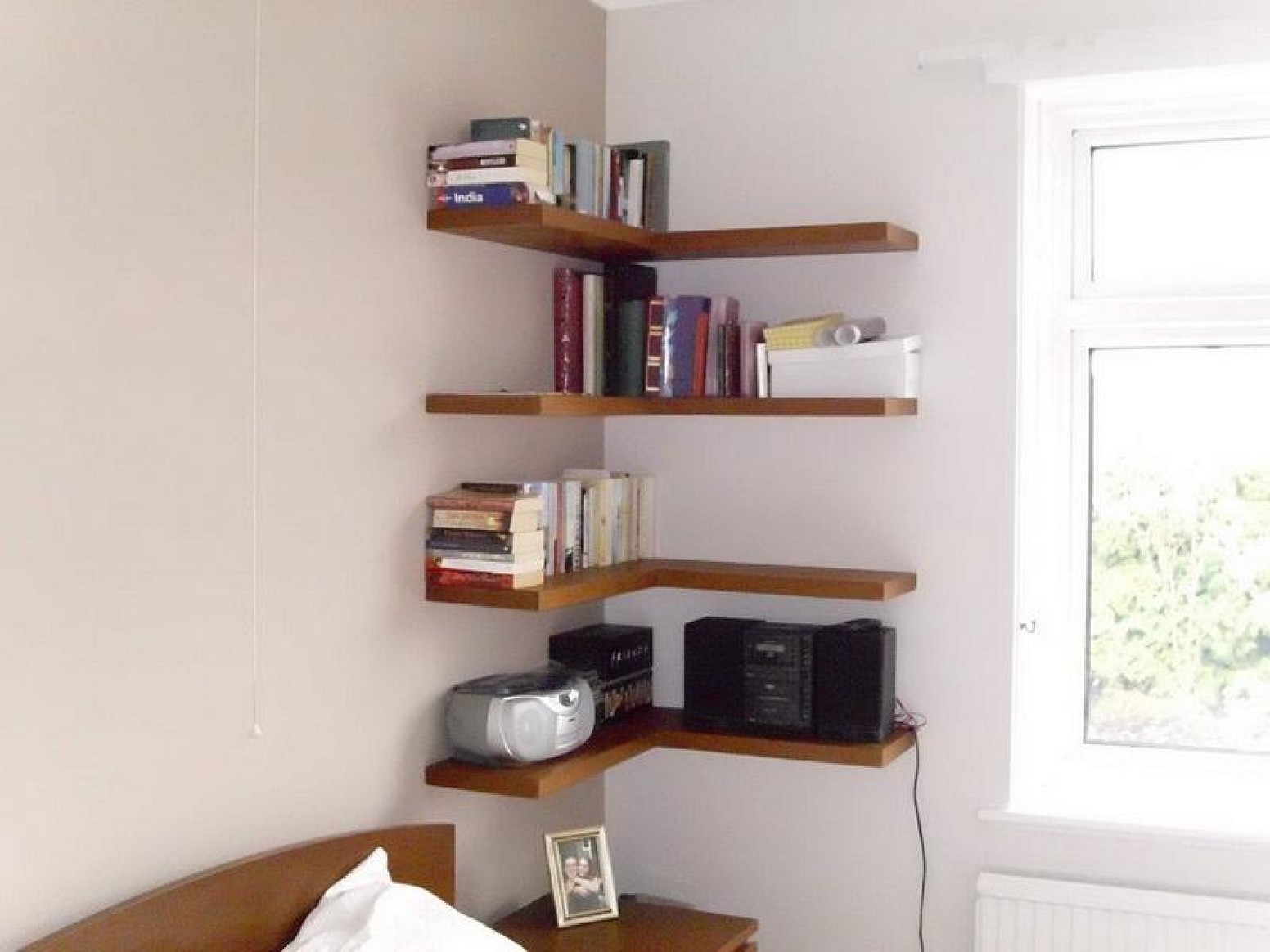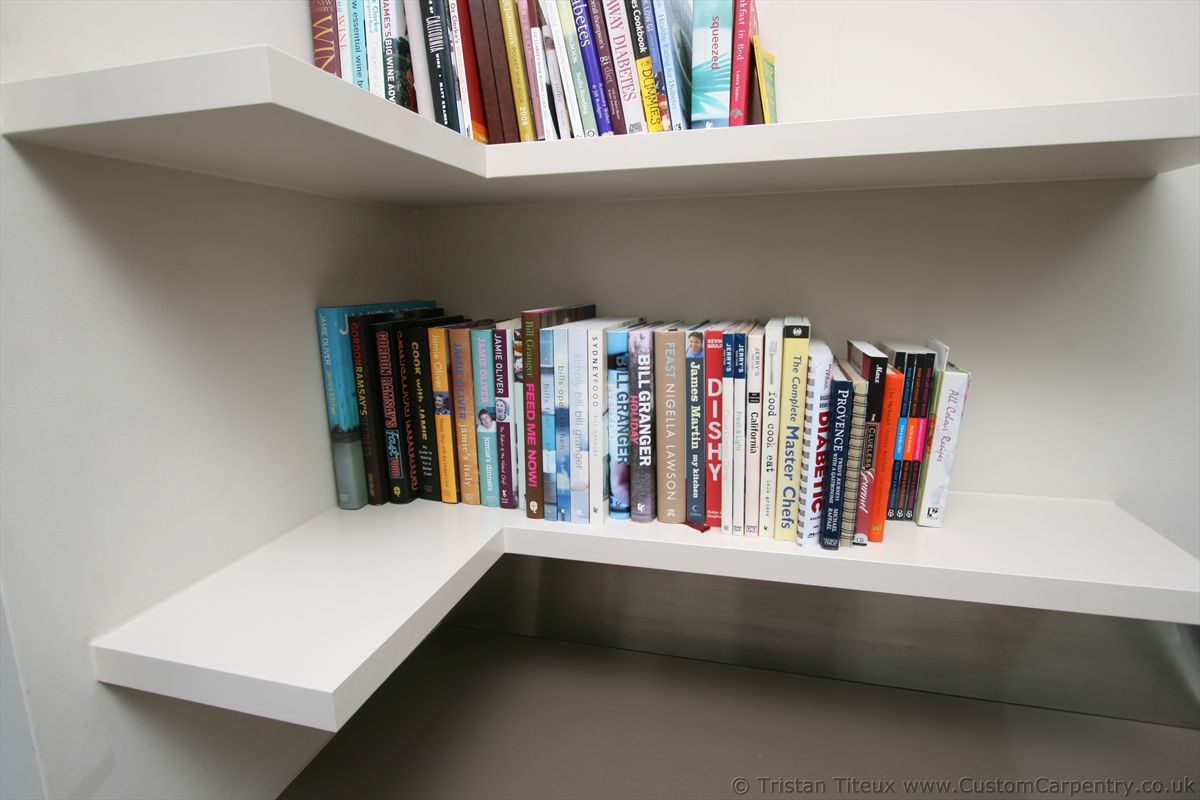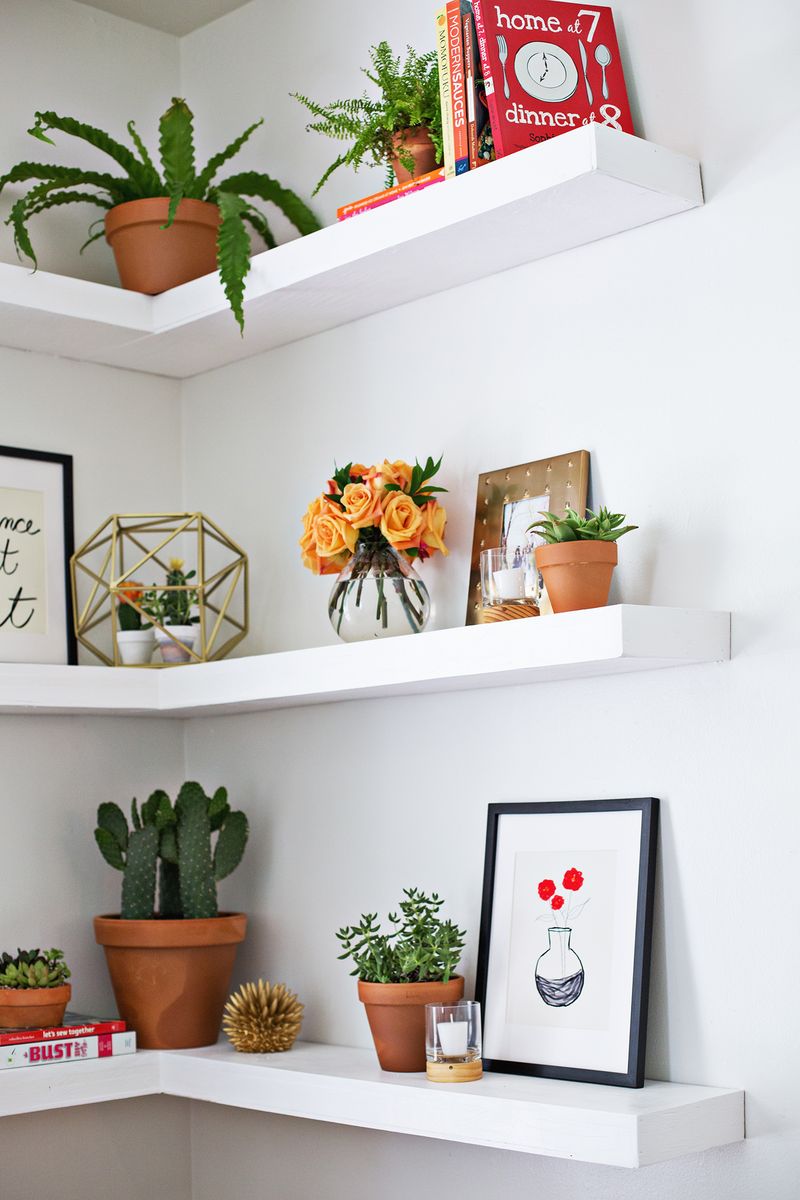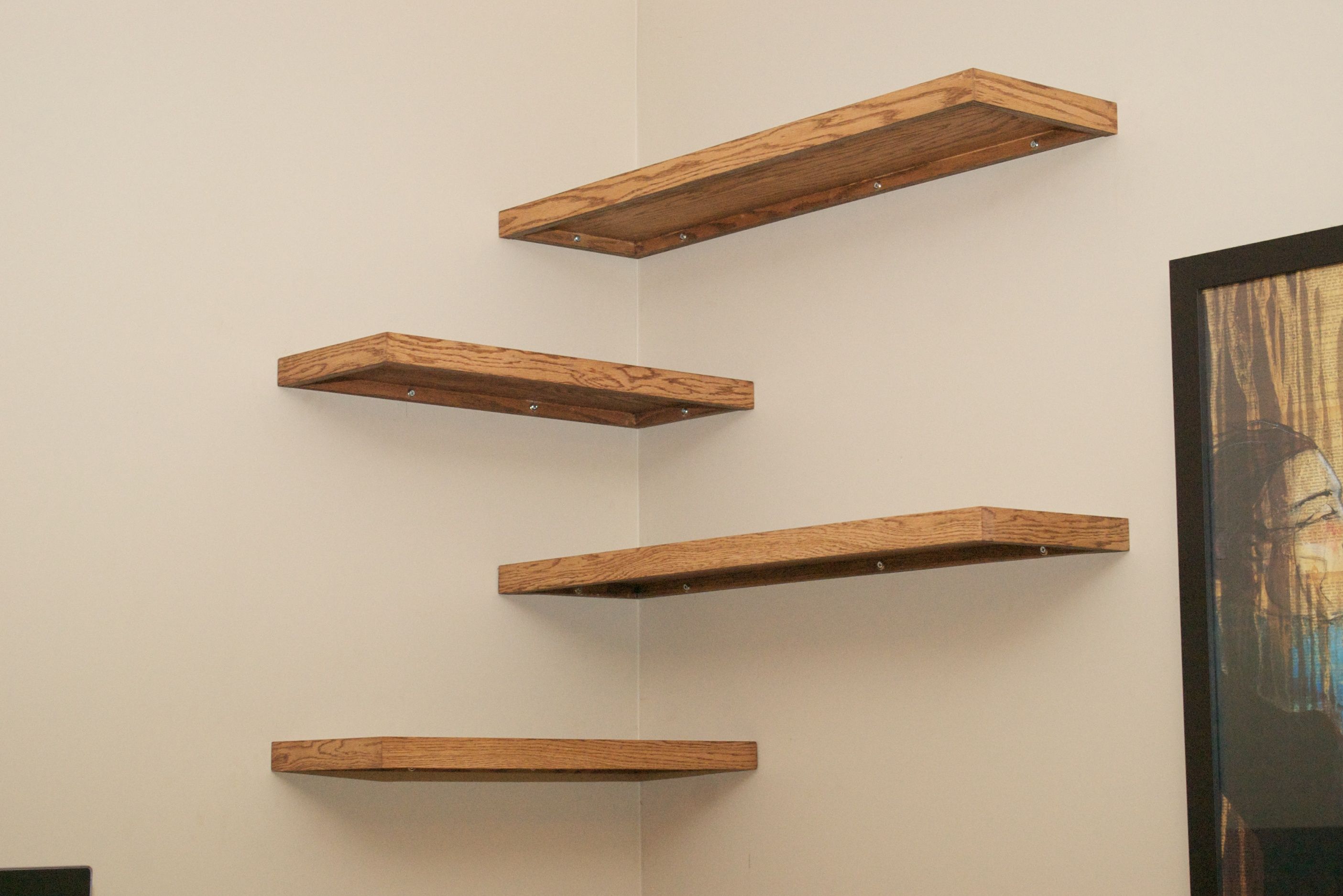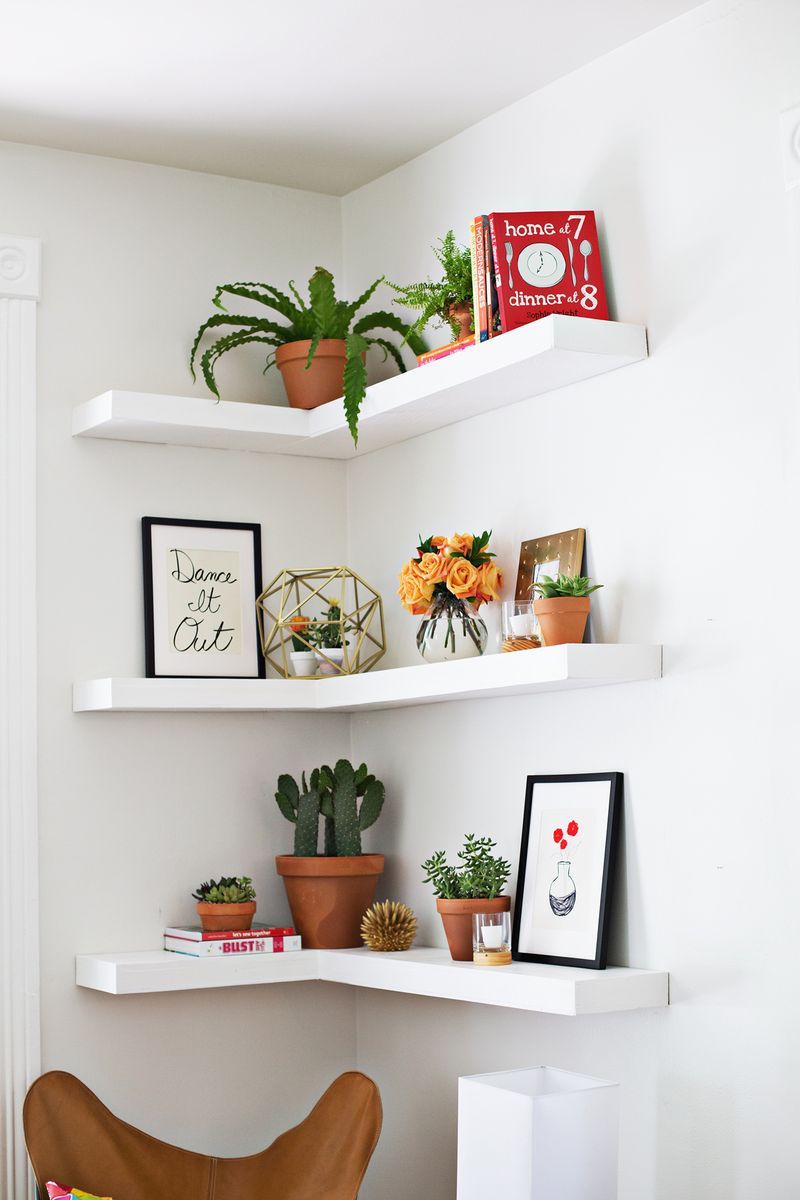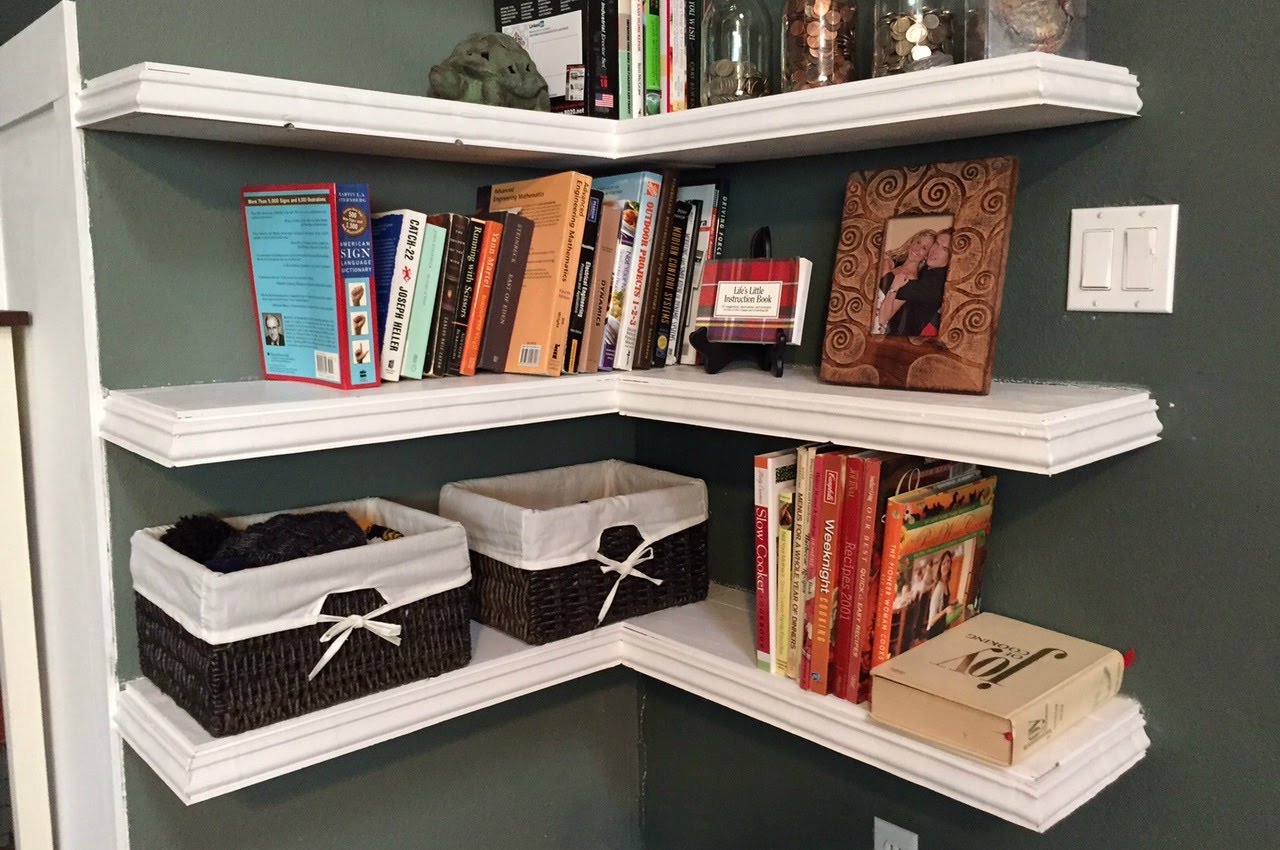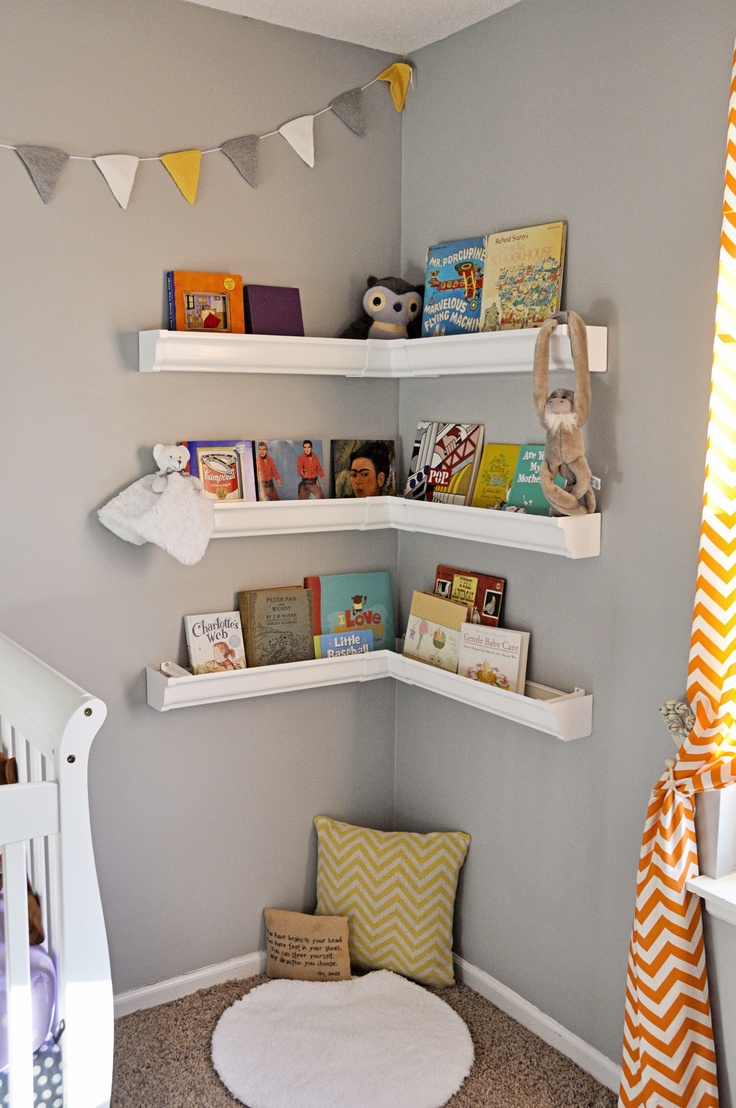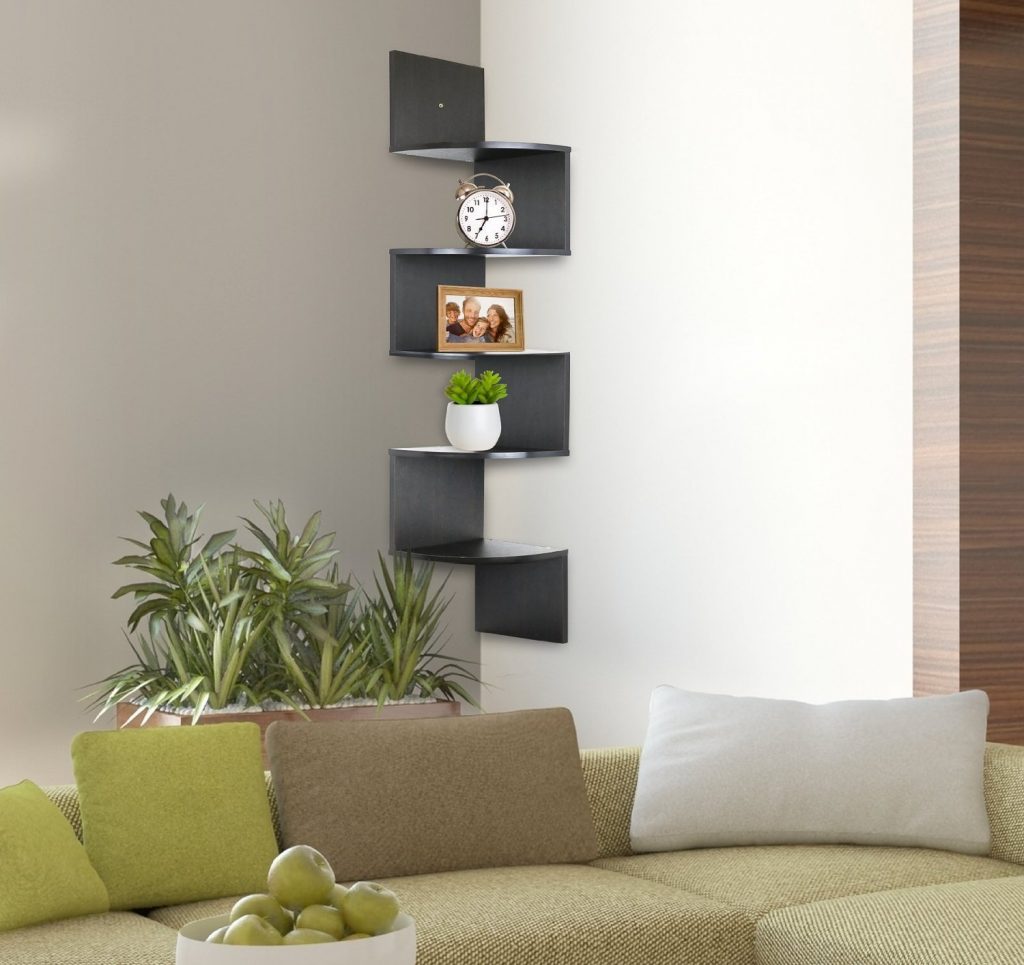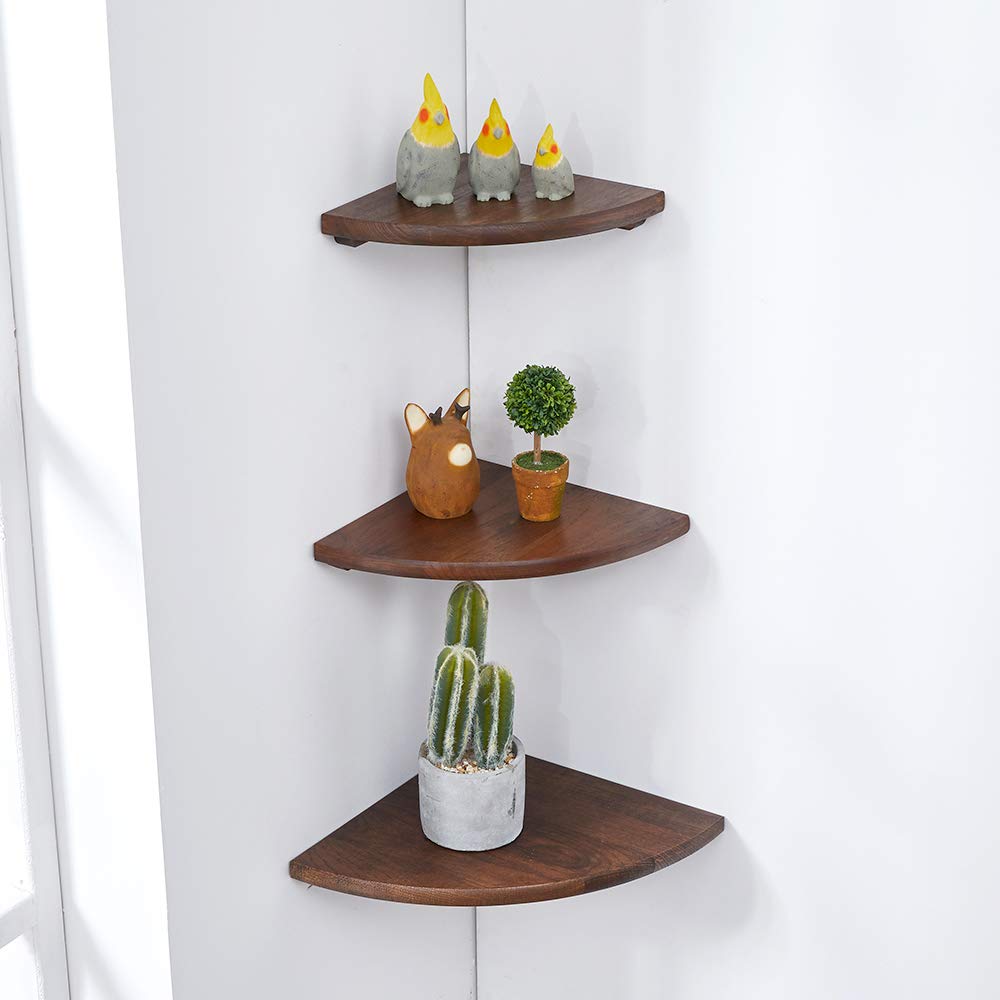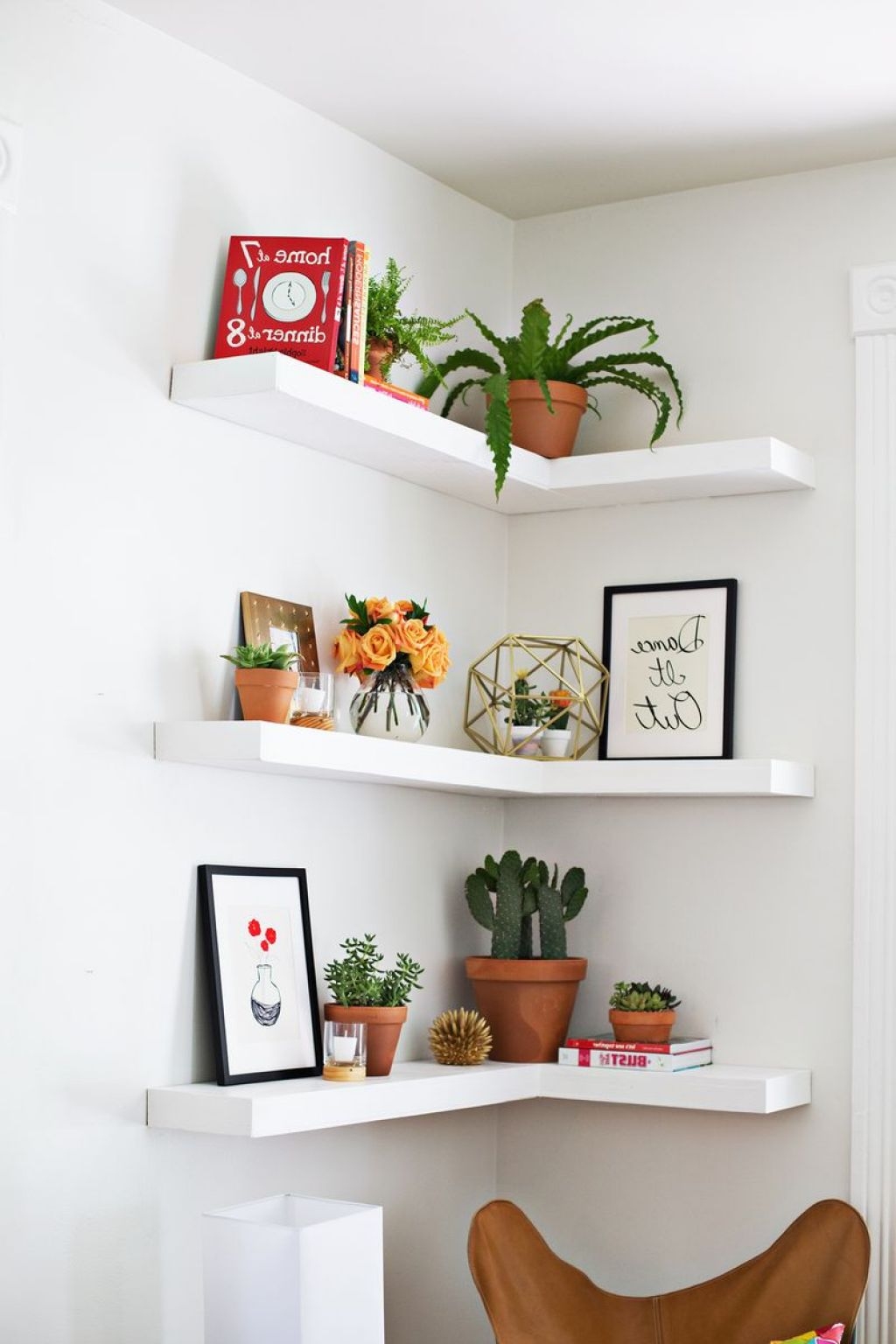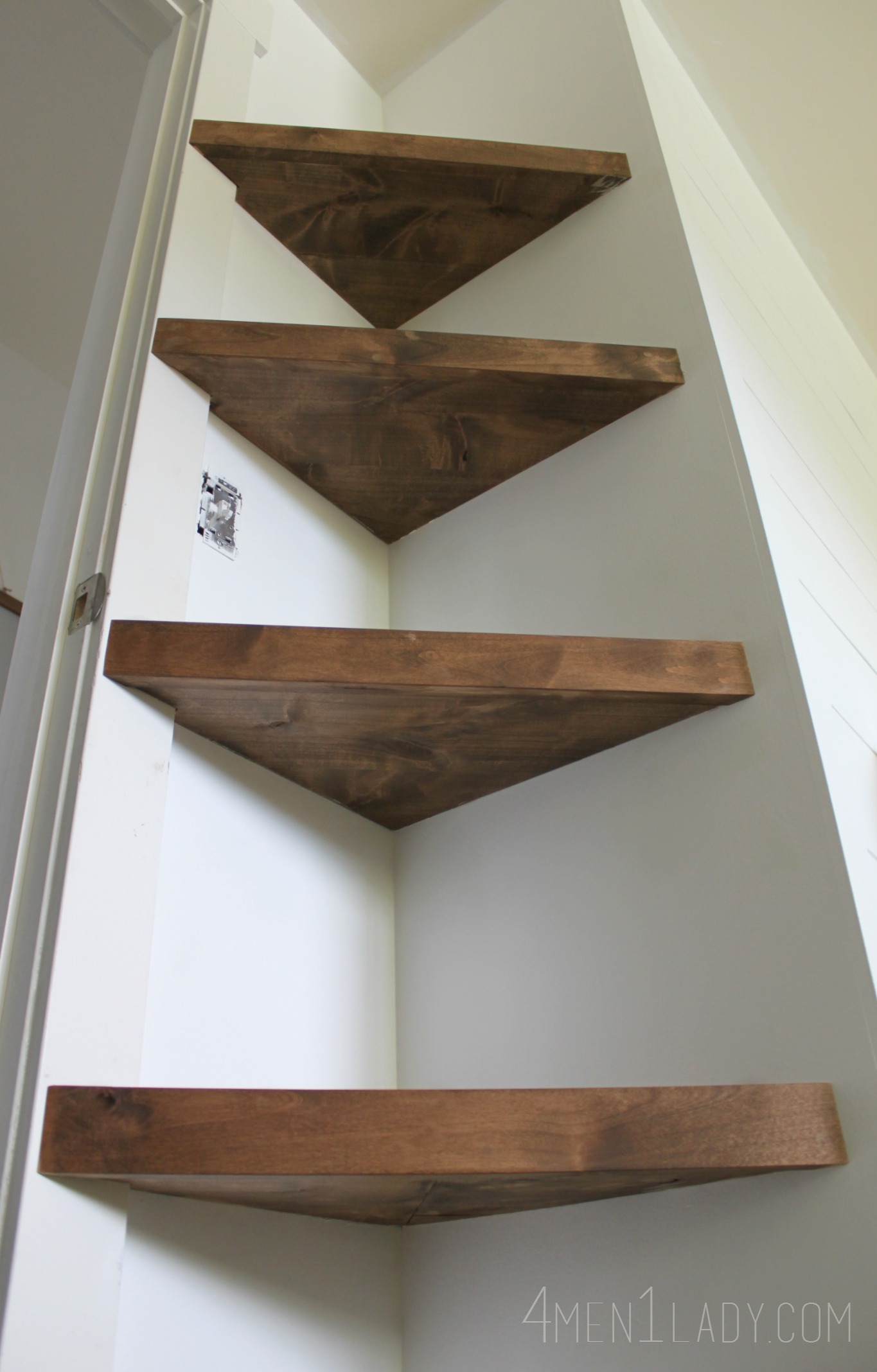However, in case you intend on including a TELEVISION shelf then you will certainly have to guarantee that the shelf is especially created to hold a television collection and also it ought to likewise be strong sufficient to bear the thickness of a television collection. These same concepts likewise apply when it worries installing a regular wall surface mounted rack. The weight of the products that are to suspend is a significant aspect to assist you pick a specific kind of shelf. Furthermore, you will certainly also require to ensure that the rack and its assistances have actually been secured safely to the wall surface.
There is something outright elegant regarding glass racks, and when shelves made of melted as well as polished sand are tastefully presented right into an office or home the effect is a lot more pronounced as a result of the fundamental visual value represented by the presence of various forms of glass. When steel as well as glass are fused together in the type of chrome and also glass level panels, the result can make the jaded observer go back a pace or 2 as outcome of the products' capability to control the instant area. The adaptability and capability of glass makes it the excellent visit for today's contemporary house or apartment.
You can likewise think about wall surface mounted designs consisting of different kinds of flavor racks, microwave racks, tool shelfs, pot shelfs as well as drifting wall surface shelves. Most manufactures make their racks out of 16 or 14 gauge stainless-steel with aerolock extrusions for the installed legs to offer additional stamina. Some are built with all the sides having a v-shaped kitchen counter edge to lessen splilling.
Do you know that lots of people nowadays buy things a lot more frequently than they get rid of them? What do you assume happens to all that scrap in their residence? It obtains boxed up and kept hidden away in their storage rooms, attics or cellars. They frequently consist of picture frames, awards, trophies from their more youthful years. Rather of concealing all these valuable memories away, why not show it happily for all to see on wall racks?
